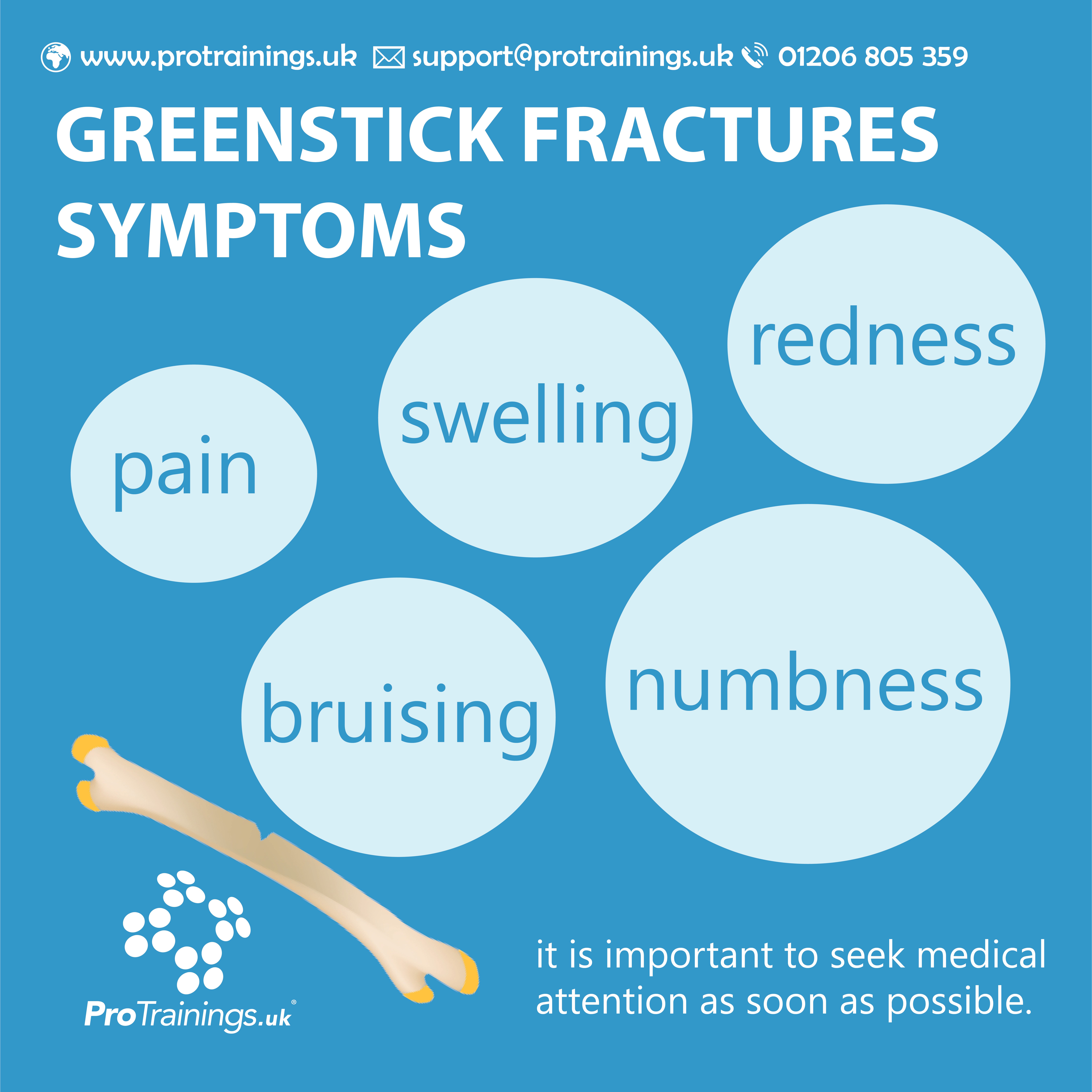
The most common cause of a green stick fracture is a fall or a blow to the bone. It can also occur during sports or other physical activities. Symptoms of a green stick fracture may include pain, swelling, and bruising at the site of the injury. The child may also have difficulty moving the affected limb.
If a child has a green stick fracture, it is important to seek medical attention as soon as possible. The doctor will likely take an x-ray to confirm the diagnosis and determine the best course of treatment.
Treatment for a green stick fracture typically involves immobilising the affected limb. This can be done with a splint or a cast, which will help keep the bone in place and allow it to heal properly. The doctor may also recommend pain medication to help alleviate any discomfort the child may be experiencing.
Sometimes, the bone may need to be manipulated back into place before it is immobilised. This is called a reduction and is usually performed under sedation or anaesthesia to ensure that the child is comfortable.
After the bone has been properly aligned and immobilised, the child will need to avoid putting weight on the affected limb for a period of time. This will allow the bone to heal properly and prevent further injury. The doctor will provide specific instructions on how long the child will need to avoid weight-bearing activities.
In addition to immobilisation and avoiding weight-bearing activities, the child may also need to undergo physical therapy to regain strength and range of motion in the affected limb. This can help ensure that the child is able to return to their normal activities as soon as possible.
While a green stick fracture may seem minor, it is important to seek medical attention and follow the doctor’s instructions for treatment. This will help ensure that the bone heals properly and prevent long-term complications.
In conclusion, a green stick fracture is a type of bone fracture that occurs when a bone is bent and cracks on one side but does not break all the way through. It is common in children because their bones are still soft and pliable. Treatment typically involves immobilising the affected limb and avoiding weight-bearing activities to allow the bone to heal properly. Physical therapy may also be necessary to regain strength and range of motion.
